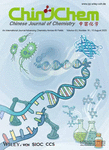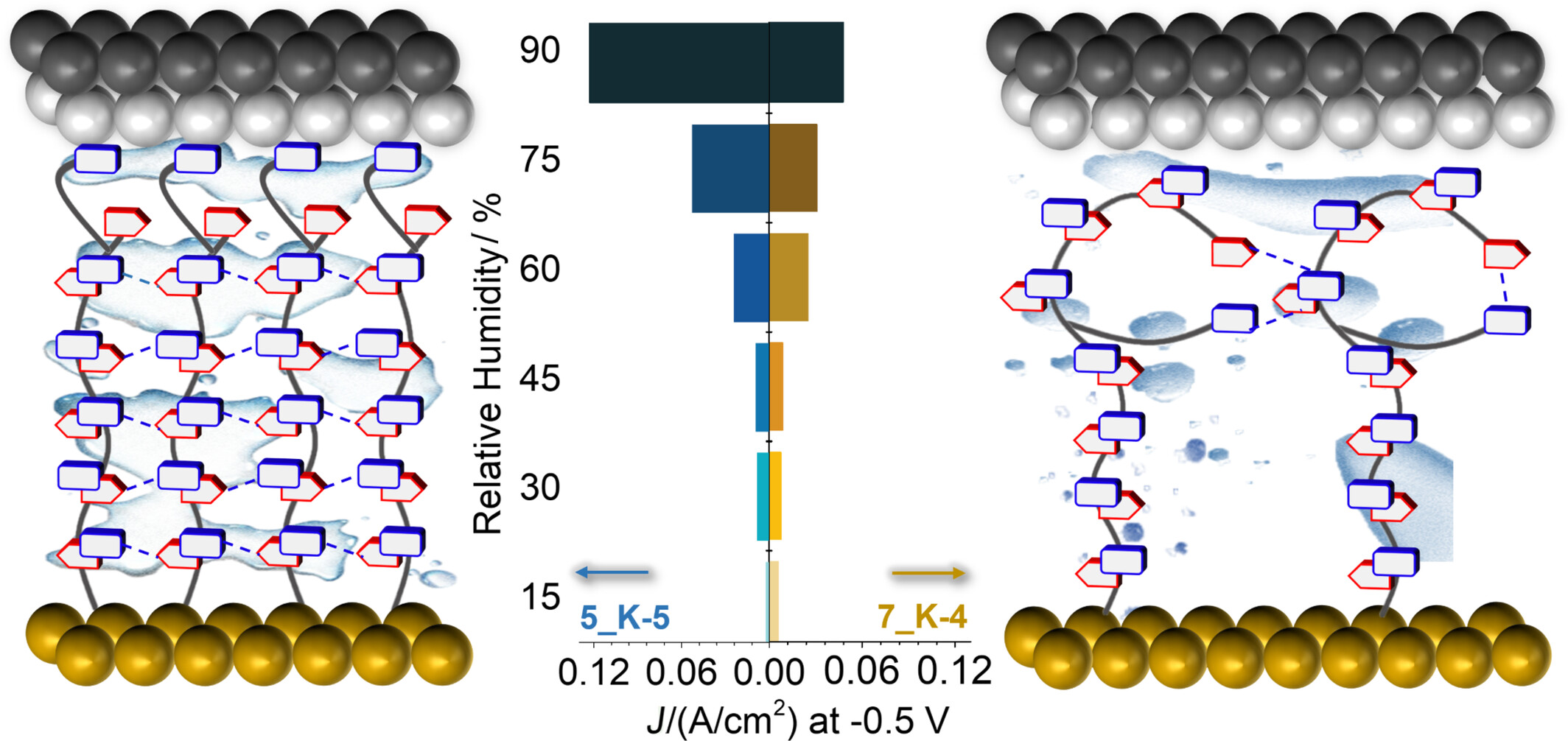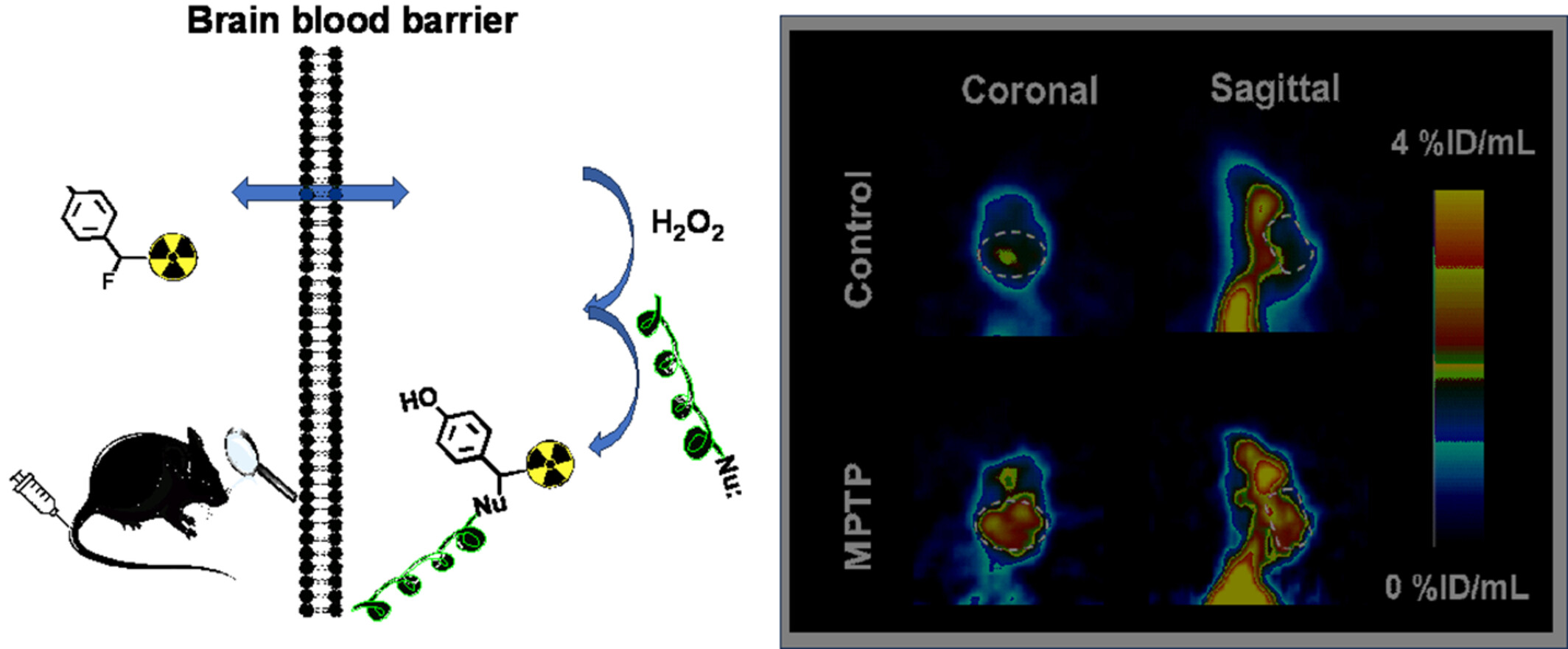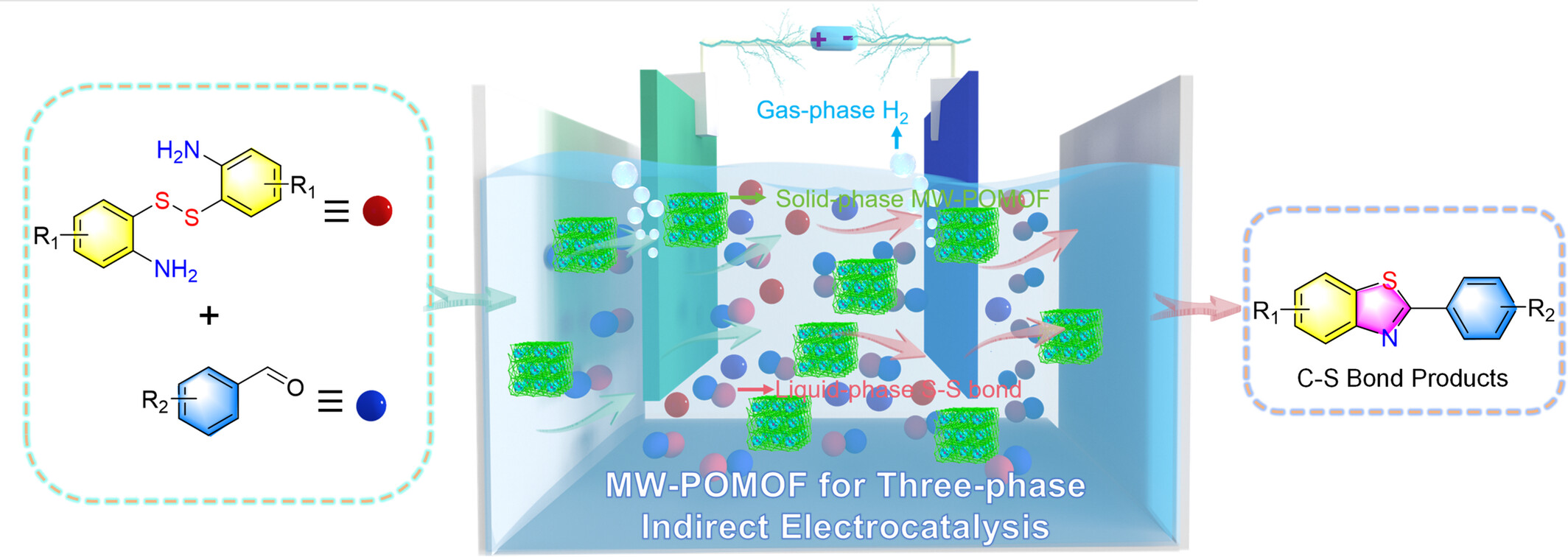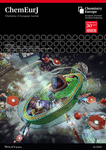Journal list menu
Export Citations
Download PDFs
Cover Picture
Cover Picture
- Page: 1897
- First Published: 15 July 2025
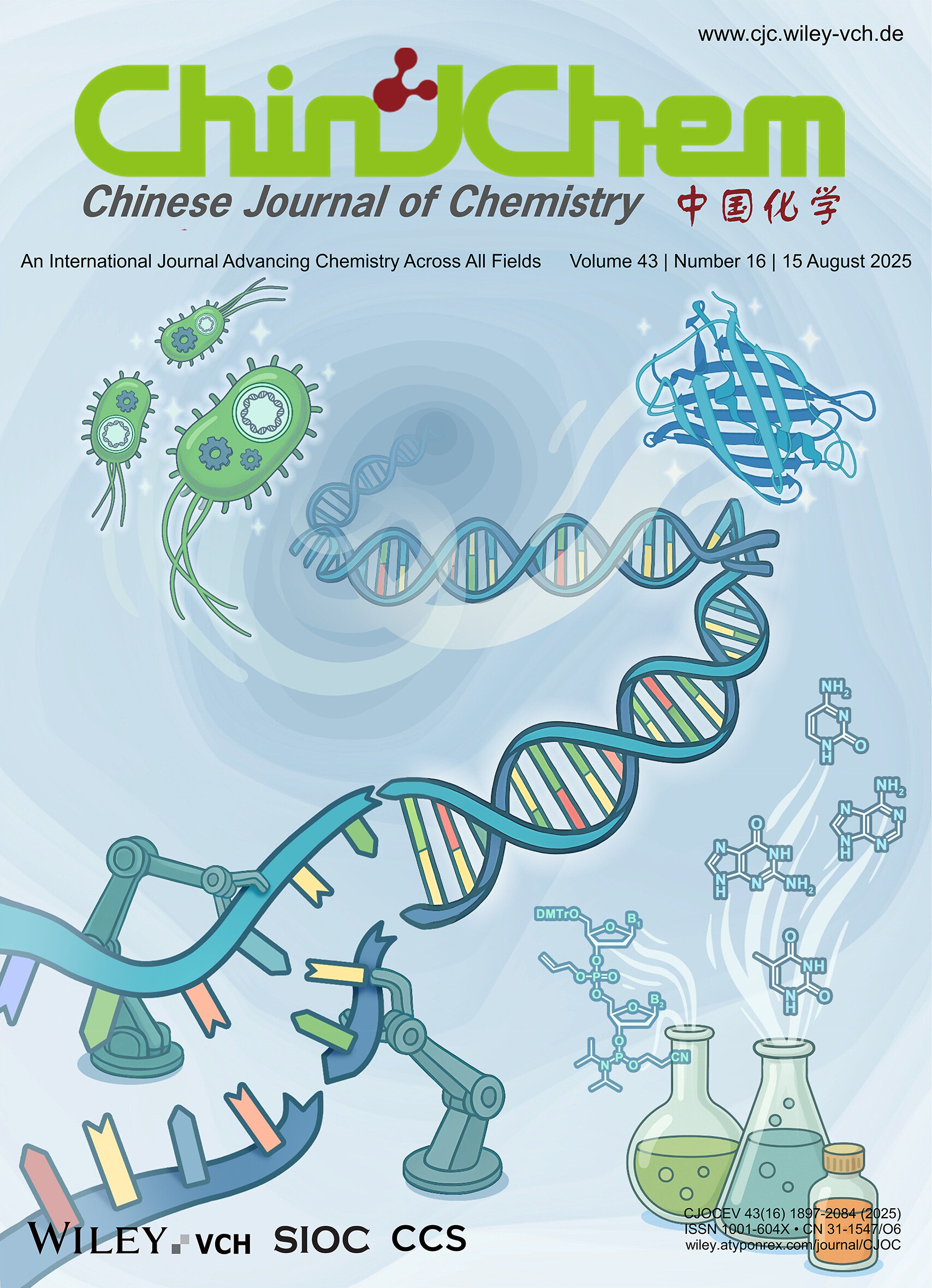
Synthetic DNA acts as a tie that connects nucleic acid chemistry and synthetic biology, and the novel allylic phosphate linked dinucleotide phosphoramidite provide a promising dinucleotide agent that will enable the applications of oligonucleotide synthesis, gene assembly and protein expression. More details are discussed in the article by Shi et al. on pages 1945—1952.
Inside Cover Picture
Inside Cover Picture
- Page: 1898
- First Published: 15 July 2025
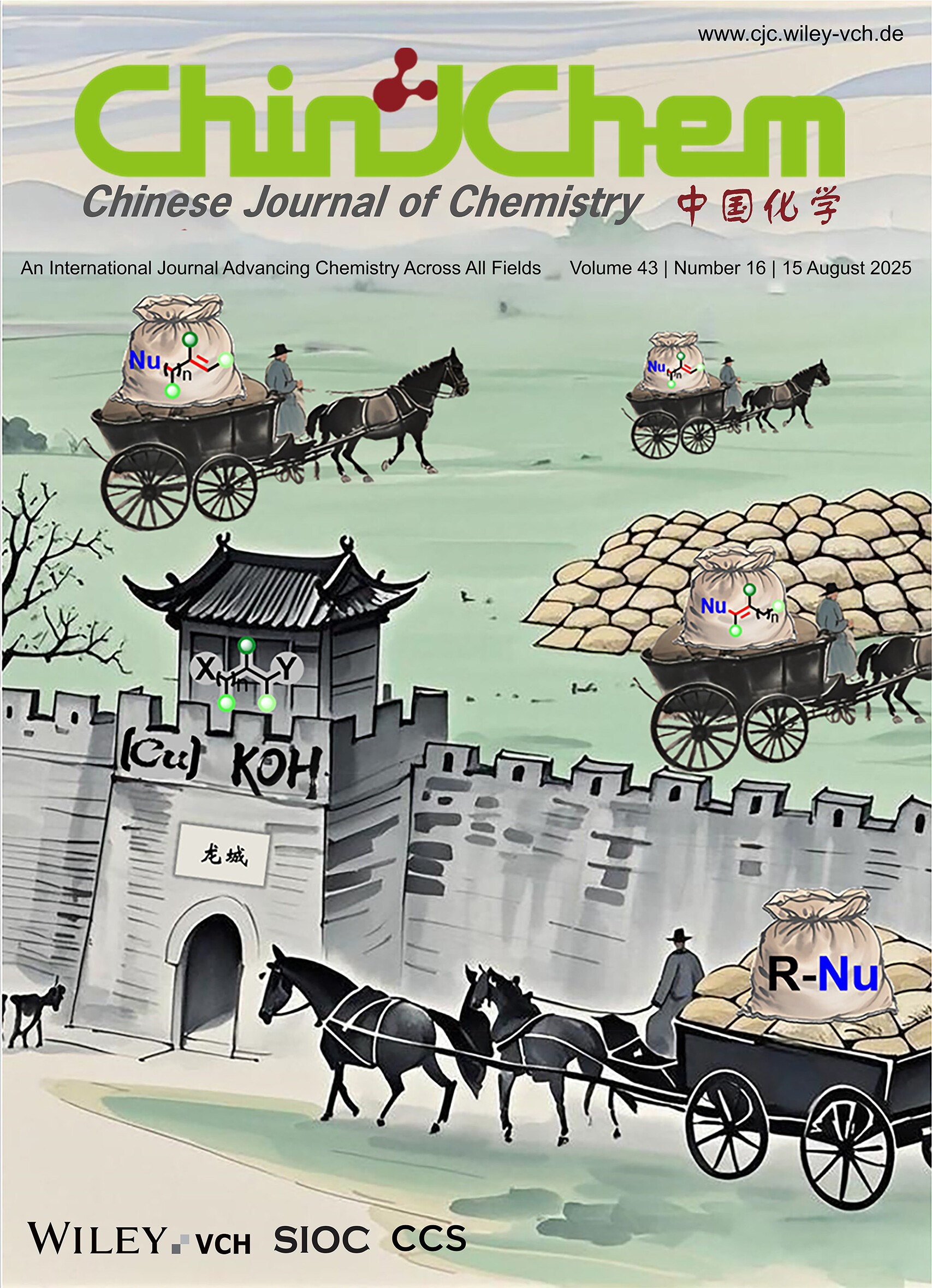
An innovative base-promoted efficient coupling strategy has been developed: leveraging weak C/N/O nucleophiles in synergy with the Cu-catalyst. This one-pot approach enables the highly selective synthesis of significant unsaturated chemicals via vinylation, allylation, and propargylation reactions of commodity dihalides with high efficiency. More details are discussed in the article by Zhang et al. on pages 2005—2014.
Contents
Comprehensive Report
Natural Coumarin-Hybridized Thiazolylbenzonitriles as New Structural Scaffolds to Exert Potentially Multitargeting Supramolecular Antibacterial Behavior
- Pages: 1909-1923
- First Published: 20 May 2025
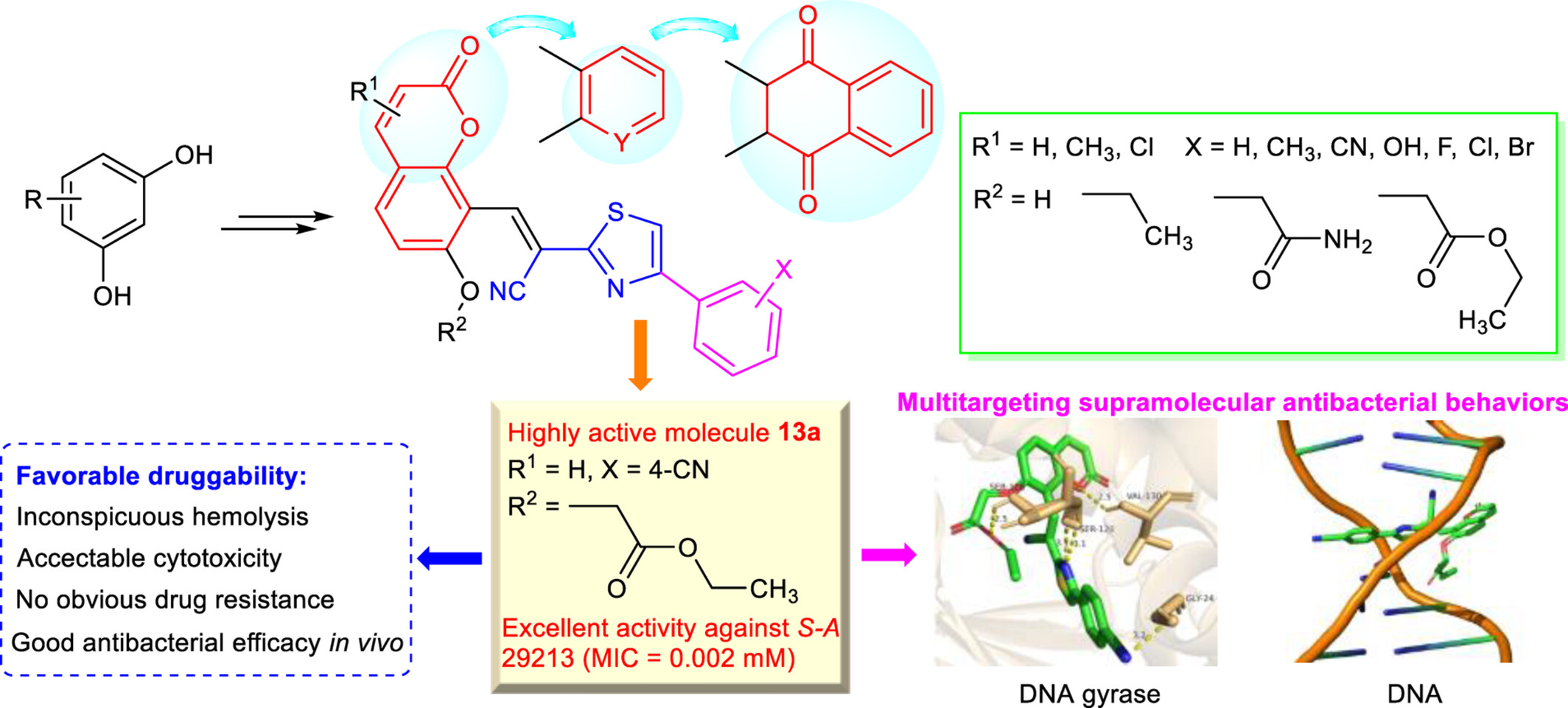
Natural coumarin skeleton-based benzopyronyl thiazolylbenzonitriles as new antibacterial scaffolds were developed through multi-step reactions. Medicinal chemobiological evaluations revealed that BTBs with multitargeting supramolecular antibacterial potential showed large promise to combat Staphylococcus aureus 29213 infection.
Structural Factors Tuning Peptide Proton Transport via Self-Assembly Monolayers
- Pages: 1924-1930
- First Published: 09 May 2025
Concise Report
Heterogeneous Organic Polymers Embedded with Chiral Bisoxazoline Ligands for Photoinduced Cu-Catalyzed Asymmetric Cyanation
- Pages: 1931-1937
- First Published: 09 May 2025
A Self-immobilizing PET Tracer for Imaging of H2O2 Level in the Brain
- Pages: 1938-1944
- First Published: 02 May 2025
Synthesis of Allylic Phosphate Linked Dinucleotide Phosphoramidite: For the Application of Oligonucleotide Synthesis, Gene Assembly and Protein Expression
- Pages: 1945-1952
- First Published: 02 May 2025
Solvent-Mediated Stimuli Responsive Phosphors Based on Phosphine-Copper Iodide Hybrid Complexes for Information Encryption
- Pages: 1953-1960
- First Published: 02 May 2025

Solvent-mediated stimuli responsive emission behavior of phosphine-copper iodide hybrid complexes 1 and 2 by excitation and thermal stimulation. The reversible crystal transformation between complexes 1 and 2 was achieved. By leveraging the high emission efficiency and controlled stimulus-responsive dual-emission behaviors, we realized high-security-level anti-counterfeiting and information encryption applications.
Interfacial Microenvironment Engineering Based on Ordered TiO2 Porous Films for Enhanced Visible Light Driven Photocatalysis
- Pages: 1961-1967
- First Published: 09 May 2025
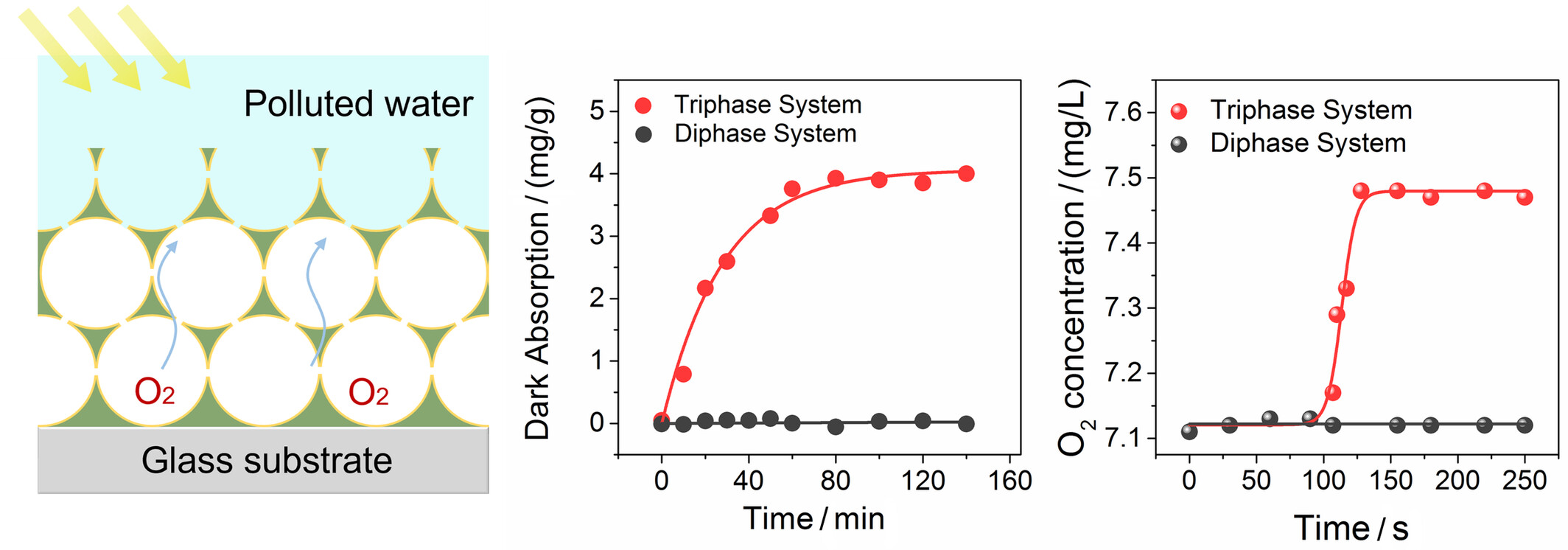
In this work, we construct a highly efficient triphase interface photocatalytic system based on a three-dimensional ordered TiO2 porous (OTP) film. We tuned the triphase interfacial microenvironment by adjusting the thickness of the OTP films to demonstrate the synergistic effect of dye adsorption and interfacial O2 concentration in the triphase system.
A Three-Phase Indirect Electrolysis System for Kilo-scale Generation of C–S Bond Products
- Pages: 1968-1976
- First Published: 12 May 2025
Dual Photoredox/Copper-Catalyzed 1,2-Diphosphorothiolation of Alkenes with P(O)SH Compounds to Access Vicinal Bisphosphorothioates
- Pages: 1977-1982
- First Published: 12 May 2025
Enantioselective Construction of Spirooxindole-γ-butyrolactones via NHC-Bound Isobenzofulvene [10π+2π] Cycloaddition
- Pages: 1983-1987
- First Published: 12 May 2025
![Enantioselective Construction of Spirooxindole-γ-butyrolactones via NHC-Bound Isobenzofulvene [10π+2π] Cycloaddition](/cms/asset/00789558-8c90-428b-9779-1dabcb91eadb/cjoc70071-toc-0001-m.jpg)
N-Heterocyclic carbene (NHC)-catalyzed [10π+2π] cycloaddition between indene-2-carbaldehyde and isatins delivers spirooxindole-γ-butyrolactones with moderate yields (up to 68%) and excellent enantioselectivity (up to 93% ee). This transformation proceeds via NHC-bound isobenzofulvene intermediates and represents the first successful application of all-carbon higherene in NHC-catalyzed [10π+2π] cycloadditions.
Photoinduced Ring-Opening Functionalization of α-Imino-Oxy Acids and Alkanols Enabled by Phthalate-Derived Proton-Coupled Electron Transfer Mediator
- Pages: 1988-1996
- First Published: 12 May 2025
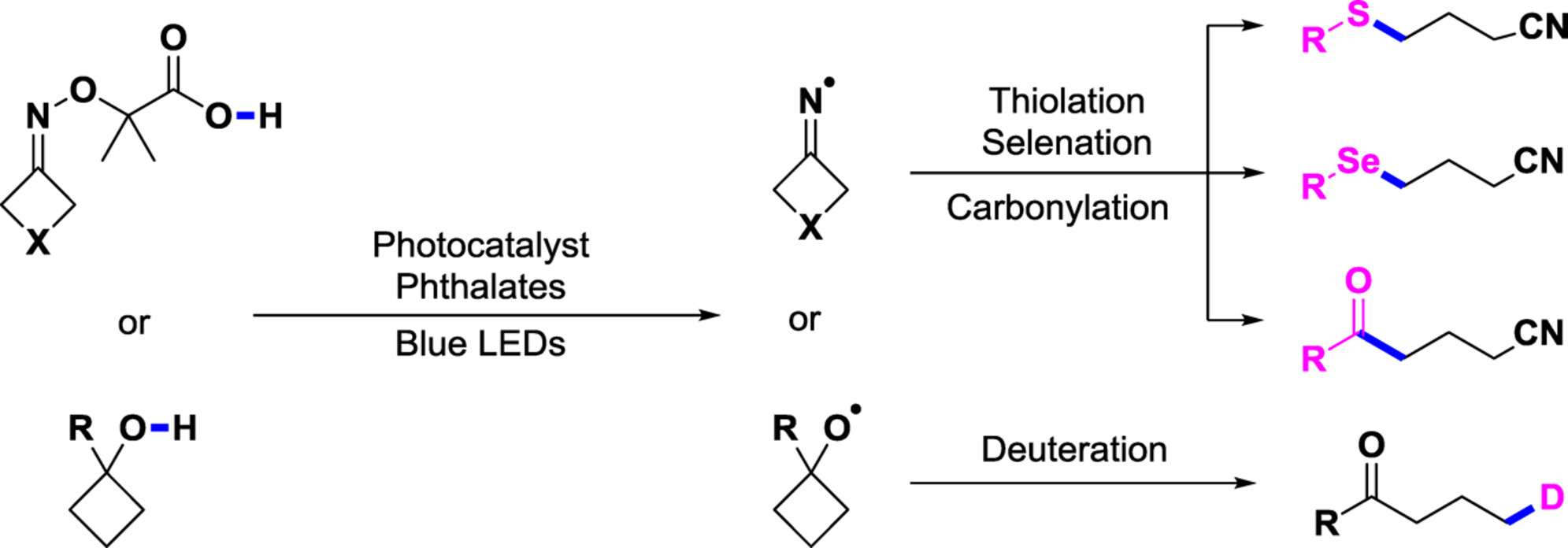
A dual catalytic manifold that combines photoredox catalysis and phthalate-catalyzed hydrogen-atom abstraction process has been developed to realized diverse fragmentation-functionalization reactions. Key to success is photocatalytic generation of TDRAs as PCET mediators, enabling polarity-matching-based formation of heteroatom-centered radicals that allows for further controlled exploration of chemical space via C–C β-scission.
Visible-Light-Driven Multicomponent Reactions of Diazosulfonium Triflates with Amines and CS2 or CO2: Direct Synthesis of Bis-Dithiocarbamates/Carbamates
- Pages: 1997-2004
- First Published: 19 May 2025
Efficient Allylation of Dihalides: A Versatile Approach to C/N/O-Functionalized Derivatives
- Pages: 2005-2014
- First Published: 19 May 2025
Expedient Cyano-hydroxylation of Alkenes Enabled by Halogen Atom Transfer Induced Radical Ring-Opening Elaboration of 3-Bromo-isoxazoline Cycloadducts
- Pages: 2015-2020
- First Published: 19 May 2025

A novel cyano-hydroxylation of readily accessible alkenes is established by merging 1,3-dipolar cycloaddition with photoredox promoted halogen atom transfer-induced radical ring-opening elaboration. This method enables the efficient preparation of a diverse array of synthetically valuable and biologically active β-hydroxy nitrile scaffolds in a one-pot two-step synthesis.
Achieving Efficient TTA-UC Both in Organogels and Solvent-Free Dry Gels by Co-assembling Annihilator with Gelators
- Pages: 2021-2028
- First Published: 20 May 2025
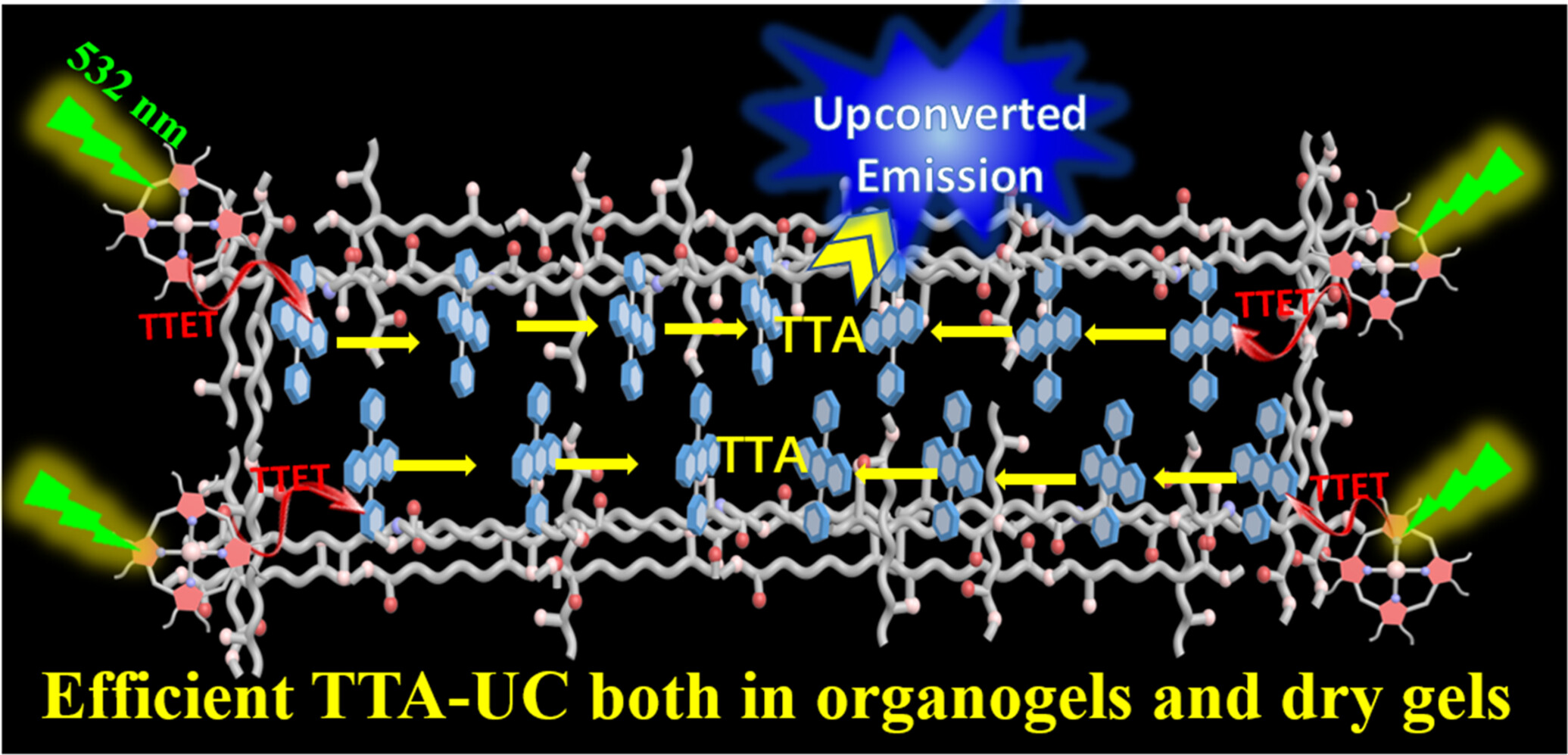
12-Hydroxystearic acid (CA) and its derivatives with different alkyl chain (CA3, CA4, CA6 and CA8) were synthesized as low-molecular-weight gelators (LMMGs), and D-1 with CA attached on DPA unit was synthesized as annihilator. By self-assembling D-1 with the LMMGs to achieve an ordered arrangement of D-1, efficient UC emissions both in organo- and dried-gels were achieved.
Chiral Ag-Complex Catalyzed Enantioselective α-Functionalization of Cyclic Azomethine Ylides with Concomitant Remote-Controlled Asymmetric Desymmetrization of N-Arylmaleimides and Cyclopentene-1,3-diones
- Pages: 2029-2035
- First Published: 20 May 2025

A catalytic enantioselective non-cyclic α-functionalization of 1,3-fused cyclic azomethine ylides has been developed by taking advantage of the remote-controlled asymmetric desymmetrization, affording a series of enantioenriched 3,4-dihydroisoquinoline derivatives bearing multiple stereogenic elements/centers.
Recent Advances
Polydimethylsiloxane-Driven Microdroplet Systems: Propelling Forces in Advancing Chemical and Materials Innovation
- Pages: 2036-2052
- First Published: 29 May 2025
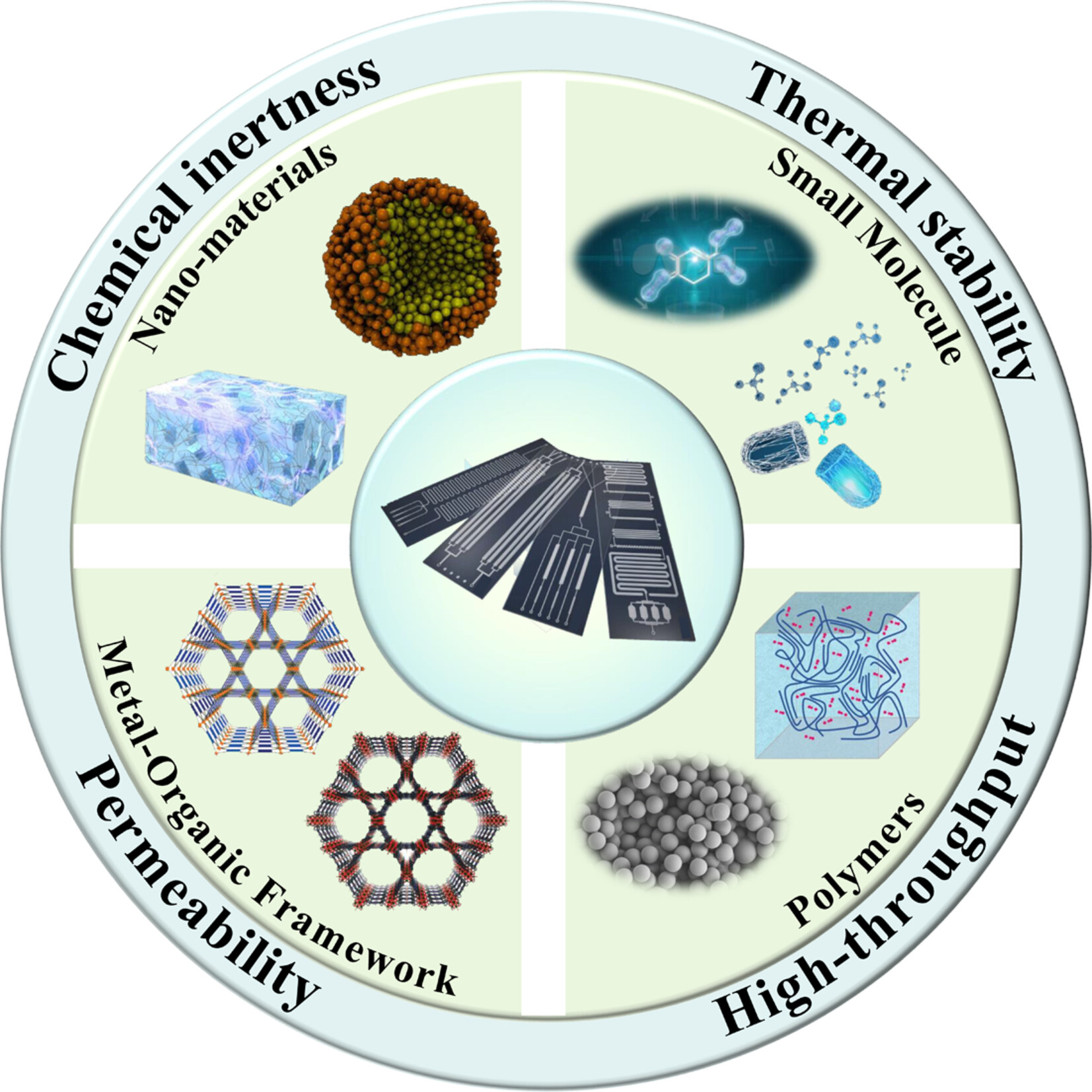
Microfluidic technology is an emerging arena that manipulates tiny fluids through the use of microchannels, which typically range in dimensions from tens to hundreds of micrometers. This review covers the mechanisms of droplet formation, innovative applications in synthesis of nanomaterials, small molecules, and polymers as well as potential integration with advanced techniques.
Critical Review
Dynamic Covalent and Noncovalent Bonds Based Self-assembled Biomaterials: From Construction to Biomedical Applications
- Pages: 2053-2068
- First Published: 20 May 2025
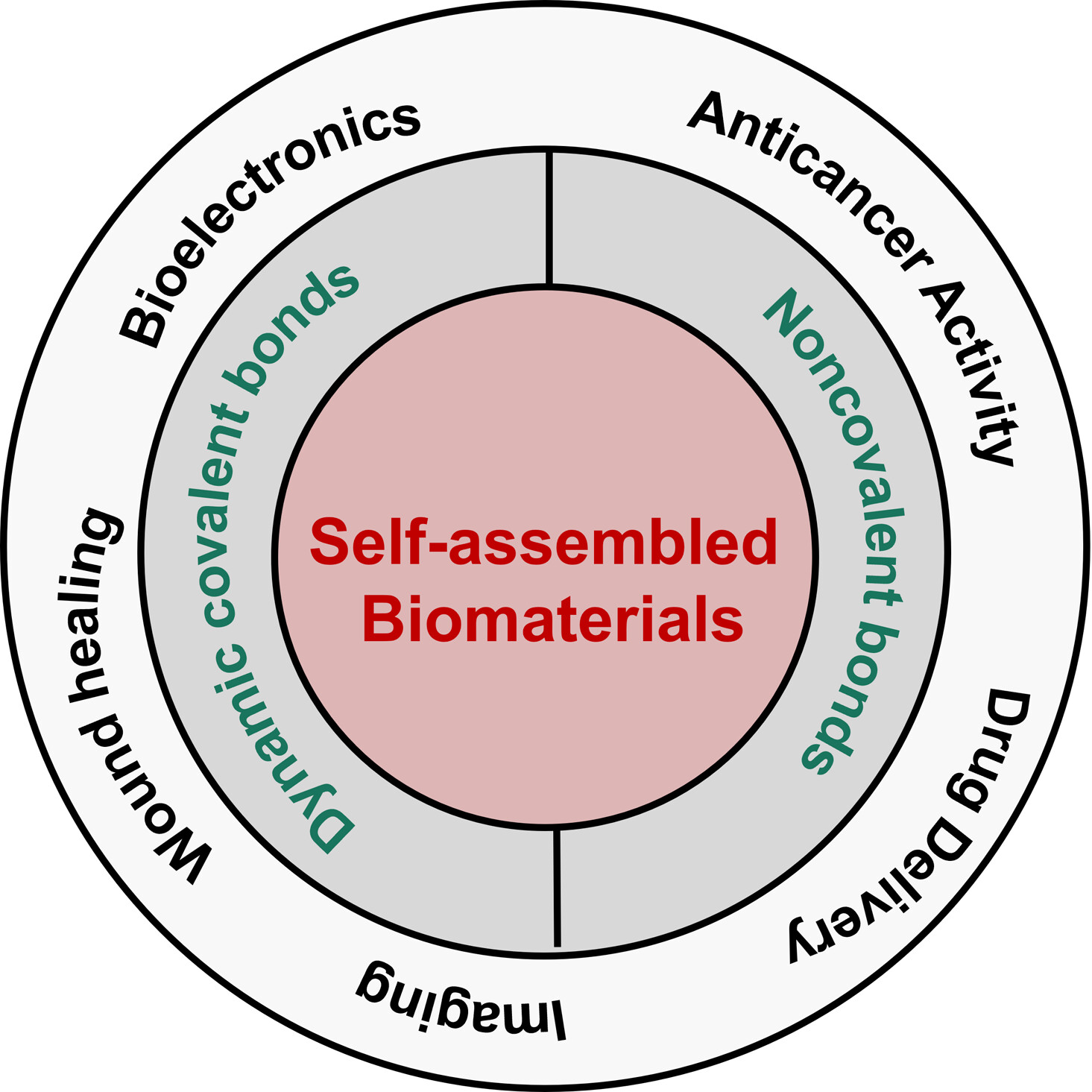
Dynamic covalent bonds and noncovalent bonds based self-assembled biomaterials have been thoroughly summarized. We also explored self-assembled biomaterials across two main sections, covering their molecular design, methods of conjugation, responsive and functional attributes, and prospective biomedical applications.
DNA Synthesis and Assembly Technologies: From Oligonucleotides to Complete Genomes
- Pages: 2069-2081
- First Published: 20 May 2025

The rapid development of synthetic biology in recent years has led to breakthroughs in numerous fields, mainly based on DNA sequencing, synthesis, and editing. DNA assembly technology is relatively mature, and the future development direction is focused on reduced costs, increasing automation, and multiplatform integration. In this article, we systematically summarize the research progress on DNA synthesis and assembly technologies.
Inside Back Cover
Inside Back Cover
- Page: 2083
- First Published: 15 July 2025
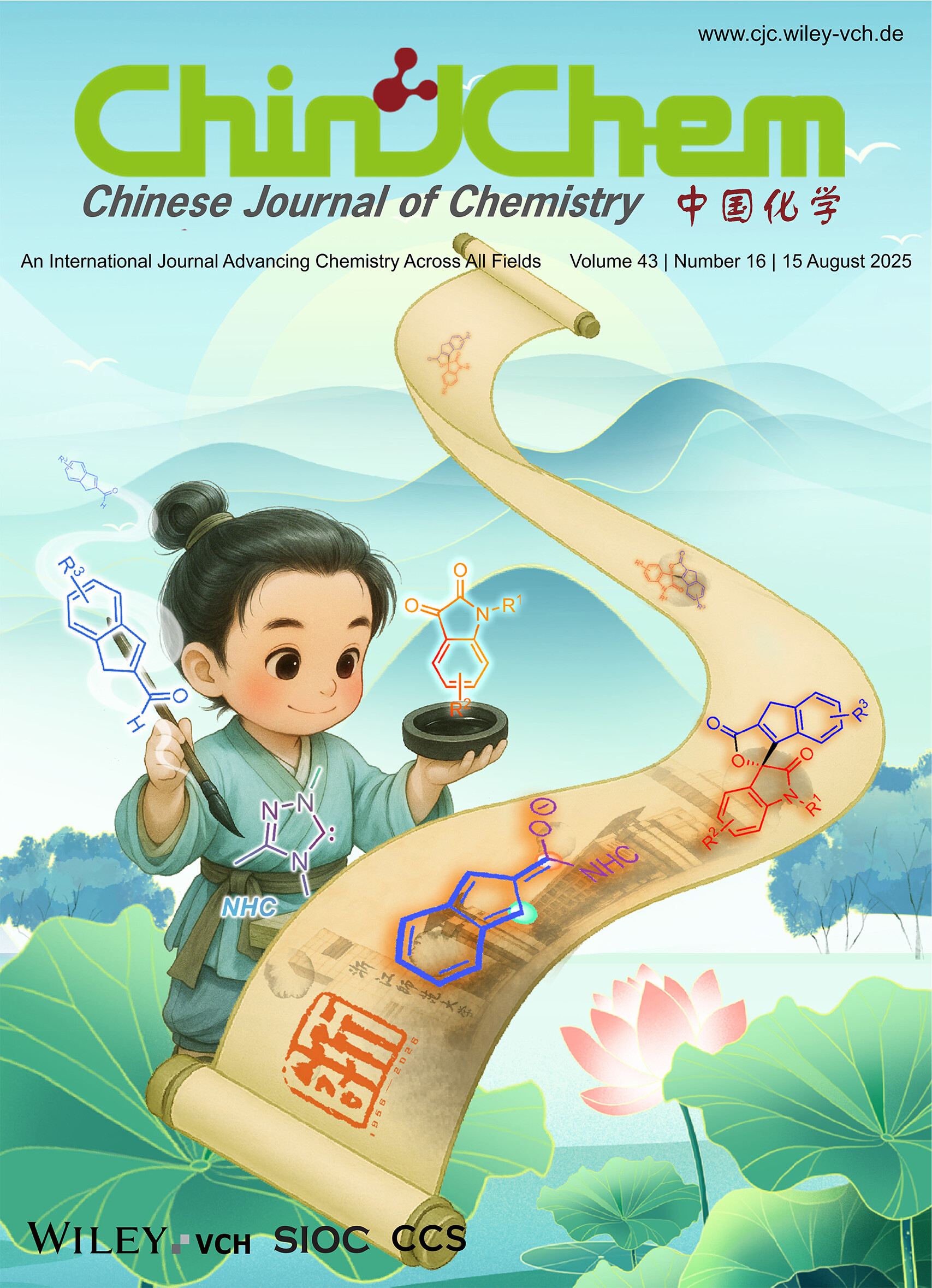
An NHC-catalyzed asymmetric [10π+2π] cycloaddition employs indene-2-carbaldehyde as an all-carbon 10π precursor to forge chiral spirooxindole-γ-butyrolactones (up to 93% ee). This method bypasses nitrogen-based higherene substrates, operates via NHC-bound isobenzofulvene intermediates, and scales to 4 mmol with retained efficiency, offering a versatile route to complex spirocycles. More details are discussed in the article by Deng et al. on pages 1983—1987.
Back Cover
Back Cover
- Page: 2084
- First Published: 15 July 2025
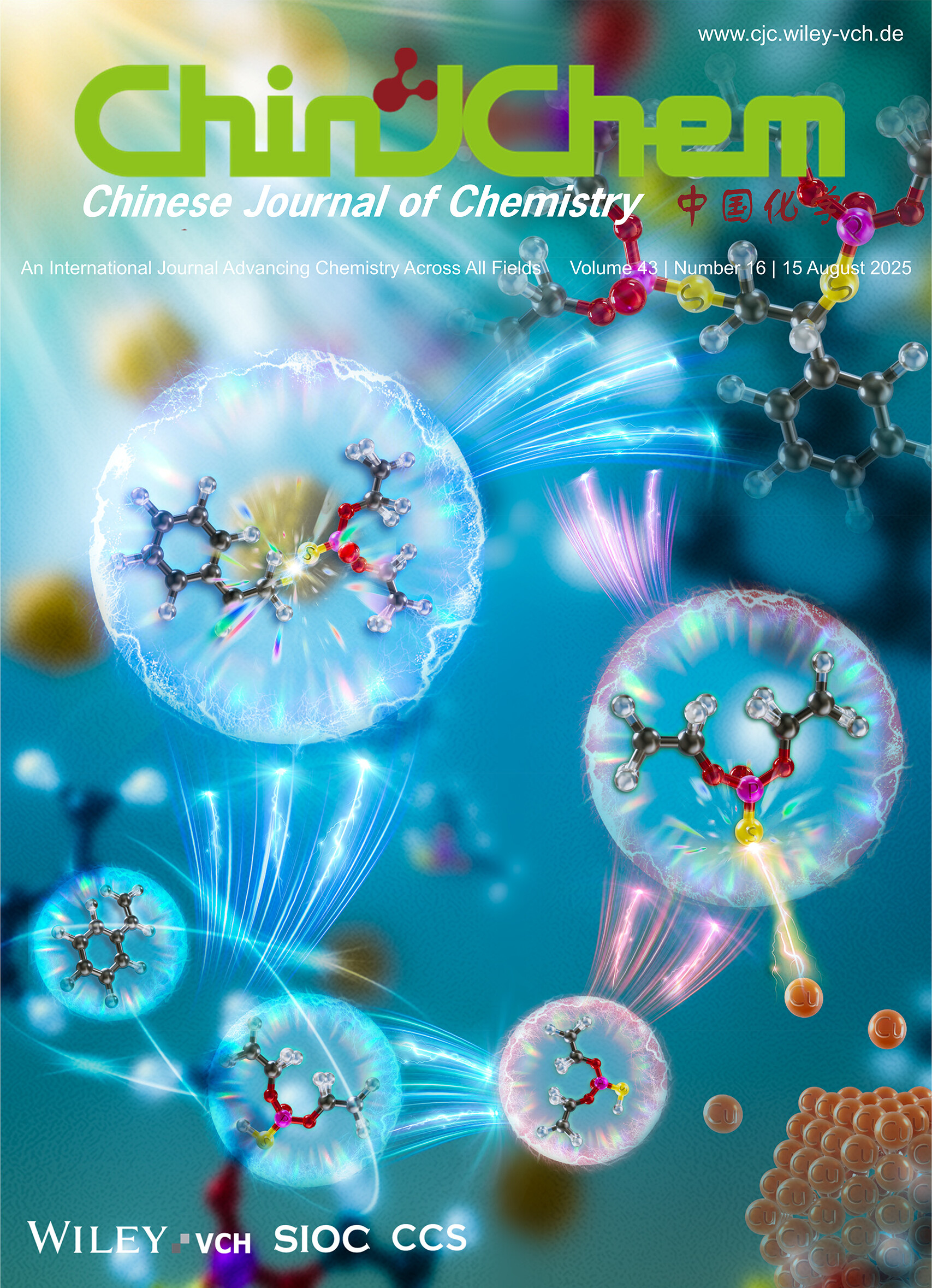
The cover design centers on molecular dynamic transformation as its core visual element, utilizing dual-color conversion pathways to illustrate the dual functionality of P(O)SH (serving as both phosphorothioate radical source and coupling group). It visually highlights the synthetic advantage of "simple raw materials → high-value products" and the innovative breakthrough of the photoredox/copper dual-catalytic system in achieving efficient 1,2-diphosphorothiolation of alkenes under oxidative conditions. More details are discussed in the article by Zhang et al. on pages 1977—1982.




